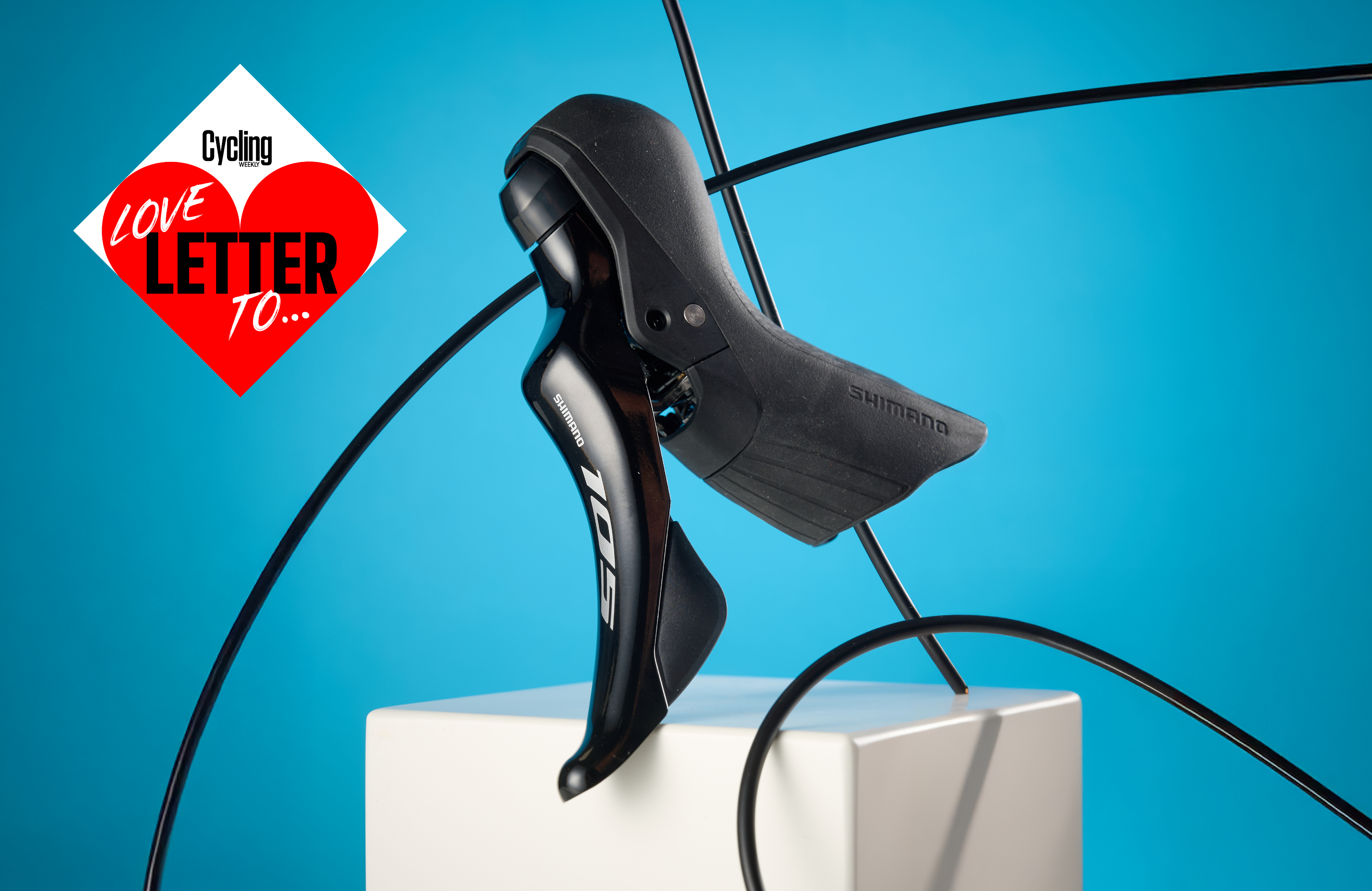You can keep your electronic shifting – I prefer my bike with cables
Mechanical groupsets are easy to fix, satisfying to shift, and crucially cheaper than their wireless equivalent


This article is part of a series called ‘A love letter to…’, where Cycling Weekly writers pour praise on their favourite aspects of cycling. The below content is unfiltered, authentic and has not been paid for.
Love it or loathe it, the bike industry is built on selling us new ideas. And let’s be honest, we lap them up; our hunger for fresh kit is driven by desire as much as need. Often those innovations deliver genuine gains, however small; just as often, they serve the brands’ pursuit of efficiency and margin. Electronic shifting is a prime example. For manufacturers, removing cables simplifies set-up and frame production.
For riders, it means higher prices and performance benefits that are, at best, marginal. So before we turn our backs on good old mechanical shifting, perhaps we should pause and ask: what exactly are we gaining – and what might we be giving up?
Everything in modern life seems to need charging, but our mechanical bikes are beautifully free from needy lithium. You can just jump on and go – no charge levels to check. Mechanical shifting comes with the satisfaction of haptic feedback, a satisfying click as you feel the gear engage, the direct connection between man and machine. And if you do have a problem, all you need is a multitool to get you home again.
The mechanical sympathy required to actuate a perfect shift is part of the art – that gentle and perfectly timed easing off at the pedals for a split-second, coaxing the chain silently onto the next sprocket. The perfect shift marks years of good road craft, a symbiosis between rider and machine. No motorised squeak, no clatter, no charging anxiety, no firmware updates, no dodgy connections and crash modes; in other words, no worries.
Adjustments to mechanical shifting are needed but aren’t a hassle, they’re simple, easy to do, and part and parcel of a greater understanding and connection with your bike. A tweak here and there, a pride in a well-set-up bike, is not just necessary, it is a skillset that we should all covet and maintain. There’s a comfort in knowing how to keep your drivetrain silent, and learning the empowering skills needed isn’t beyond anyone.
Make no mistake, electronic shifting is brilliant. But the idea that mechanical is outdated is just lazy thinking.
The latest race content, interviews, features, reviews and expert buying guides, direct to your inbox!
The first impression of electronic shifting is usually that it’s almost miraculously good and, once set up, it never needs indexing – a huge selling point for many people. But that doesn’t mean electronic shifting never goes wrong, and thanks to fewer moving or self serviceable parts, and plenty of concealed ones, faults tend to take a longer time to show themselves, and can be more catastrophic when they do.
Depending on how much weather, humidity, and sweat the bike has experienced over time, corrosion can set in on sensitive junctions, fine cables, and the systems themselves. Short circuits can render expensive parts useless or isolated issues can cause errors that prevent the whole system from functioning properly or at all, leading to weekend-ruining, race-ending or just plain irksome problems.
As a former bike workshop owner myself, I’ve seen the surprise on customer’s faces when, after a few years on electronic bikes, I lend them a demo bike with the latest mechanical tech. They return expressing disbelief about how good mechanical shifting has become. Shimano 105 or Campagnolo Chorus mechanical, and others from SRAM, offer a precise, accurate, and entirely effortless shifting experience.
Electronic is also significantly more expensive than mechanical. There’s still no cheaper gear-shifting method than the good old mechanical approach. Need an example? Trek’s Madone uses a Tour-de-France-proven, race-bred frame design, but a glance at the various models shows that the mechanical version costs from £2,880, whereas the Di2-equipped bike starts at £4,200. Paying £1,320 more for a Shimano 105 Di2 12-speed bike, compared to its mechanical equivalent, is hard to justify if you’re on a budget.
When it comes to weight, mechanical and electronic groupsets are far closer than marketing departments would have you believe. Yes, mechanical shifters house more springs and pawls, so the levers themselves can look heavy on a spreadsheet. But once you add batteries, junction boxes and wiring into the electronic equation, the totals are effectively a wash.
In fact, in one representative comparison, the mechanical set-up tipped the scales at 3,026g versus 2,991g for the Di2 equivalent – the difference of carrying an extra energy gel in your pocket. In other words, the biggest thing you’ll lighten by going electronic is your wallet.
If you think mechanical shifts are slowing you down, think again. They’re not. Sure, there’s a luxury to the effortless way in which a chain moves electronically, but if you’ve saved upwards of £1,000 by sticking with cables, there’s plenty of other way more fun ‘go-faster’ parts that will make a far bigger difference.
Long live mechanical.

Andy Carr is the tech editor at Cycling Weekly. He was founder of Spoon Customs, where for ten years, him and his team designed and built some of the world's most coveted custom bikes. The company also created Gun Control Custom Paint. Together the brands championed the highest standards in fit, fabrication and finishing.
Nowadays, Andy is based in Norfolk, where he loves riding almost anything with two-wheels. He was an alpine ride guide for a time, and gets back to the Southern Alps as often as possible.
You must confirm your public display name before commenting
Please logout and then login again, you will then be prompted to enter your display name.